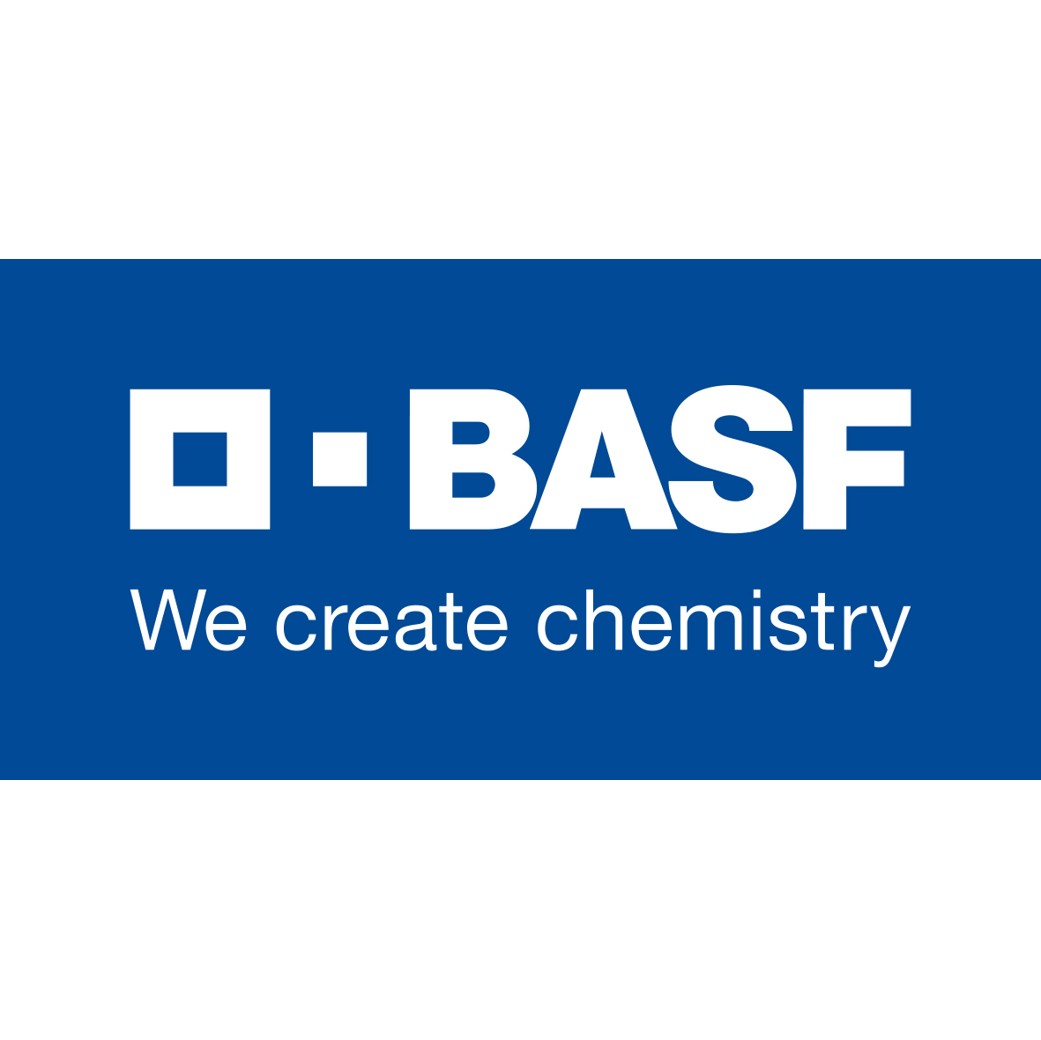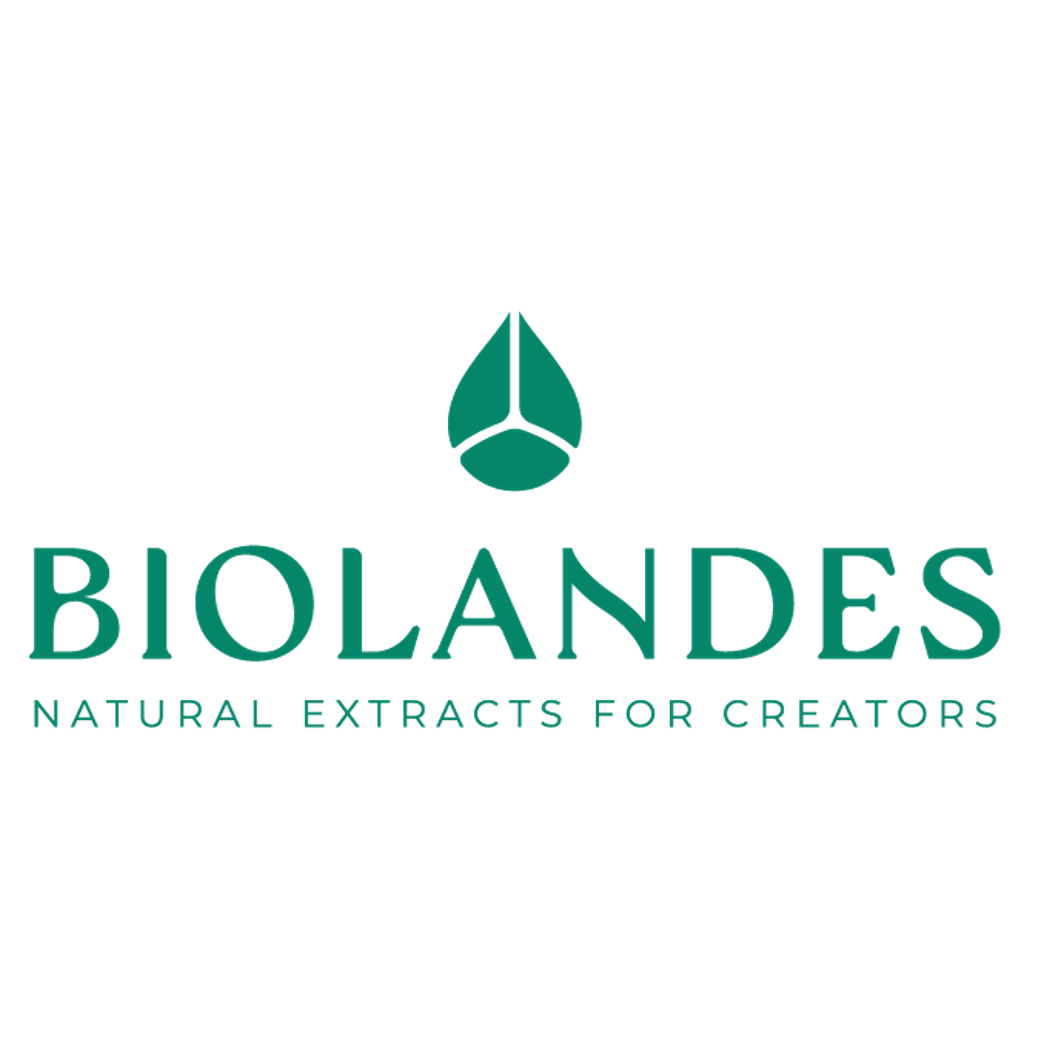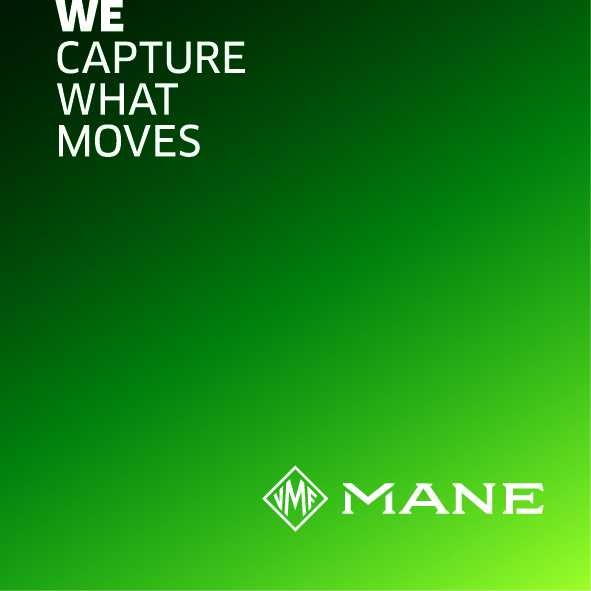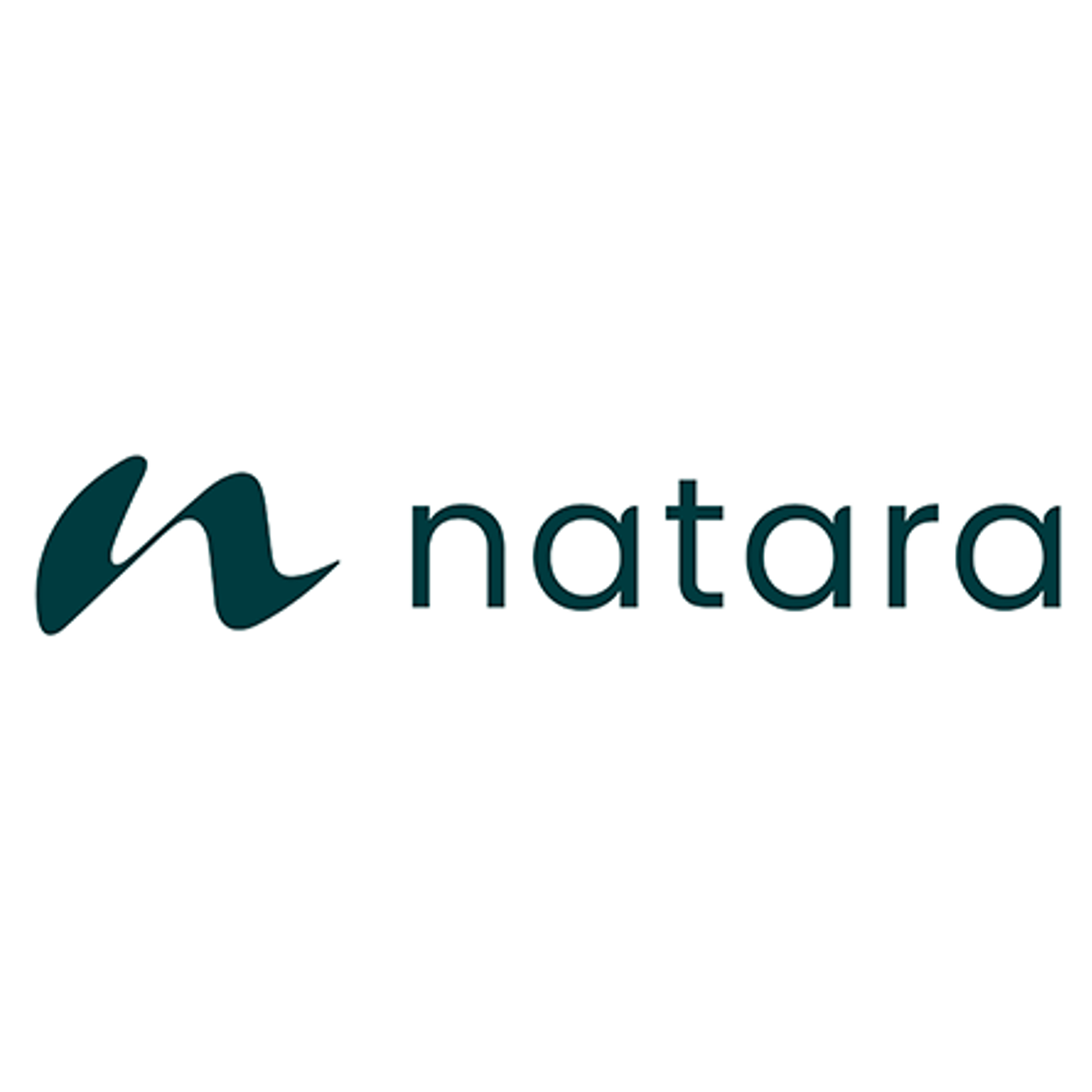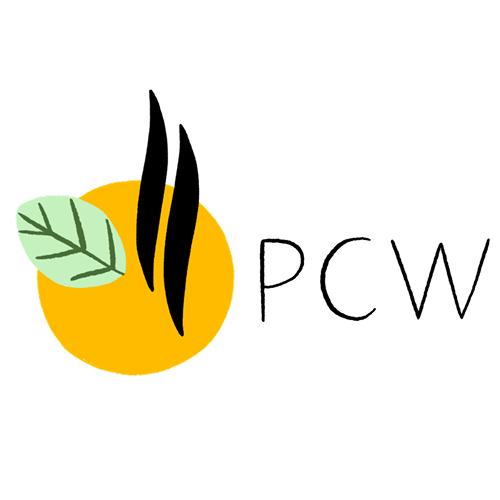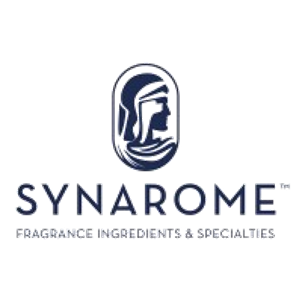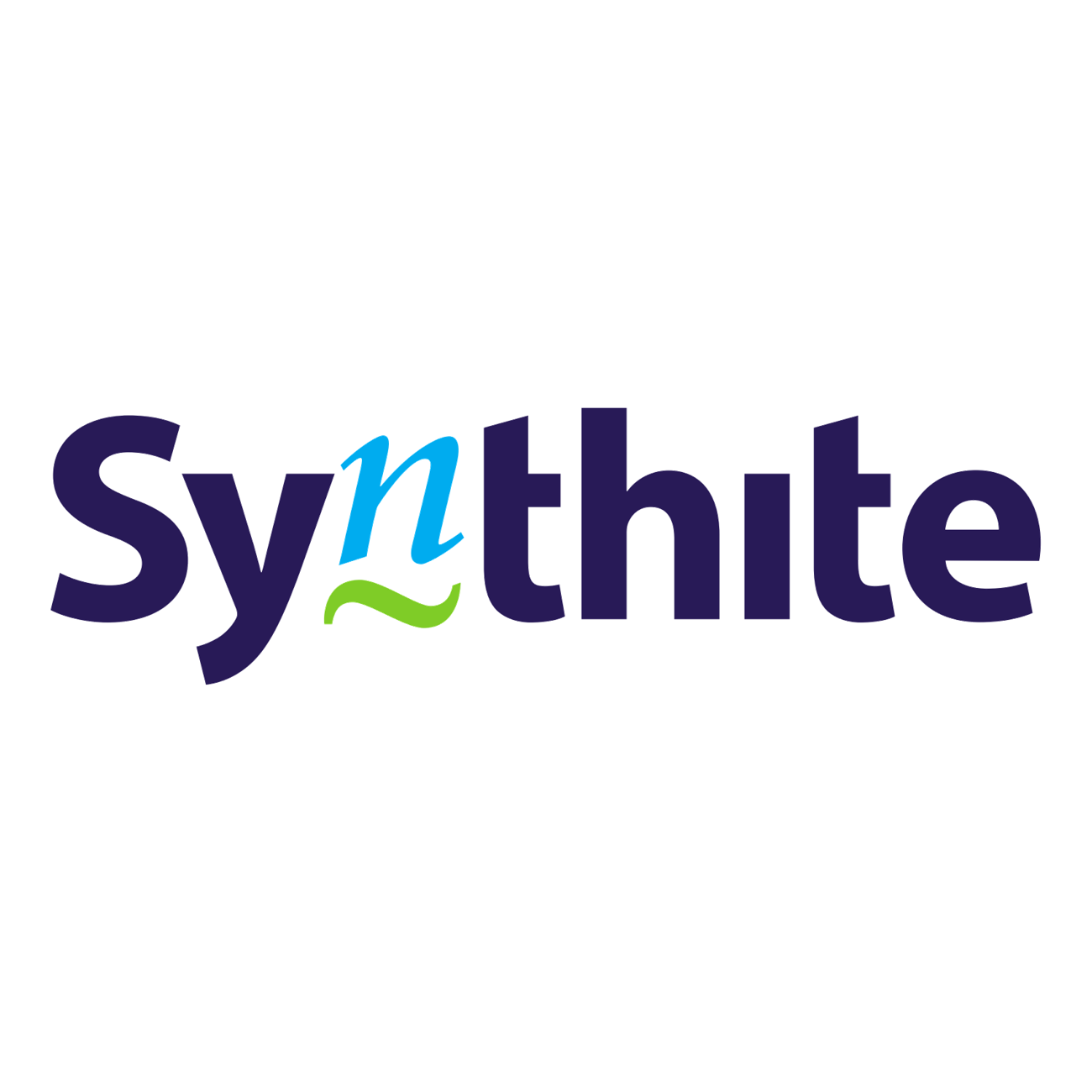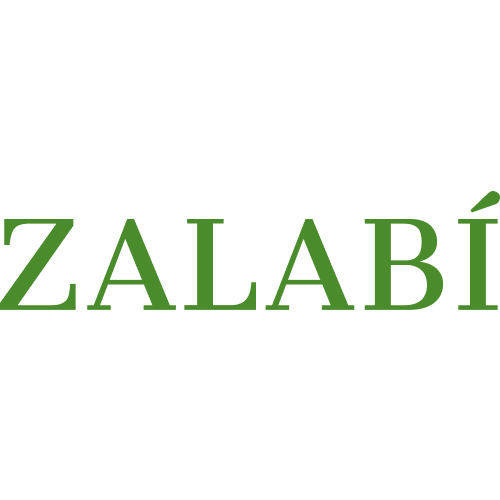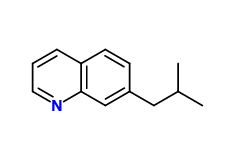
Photo credits: ScenTree SAS
| Company | Ingredient Name | ID | Comments | Naturality | Certifications | MOQ | Purity |
|---|---|---|---|---|---|---|---|
|
|
Isobutyl Quinoleine - 30 Gr | - |
Visit website
|
- | - | - | |
|
|
QUINOLEINE ISOBUTYL 103831 SYMRISE | - |
Visit website
|
- | 10 grs | - |
General Presentation
-
CAS N° :
68198-80-1 -
EINECS number :
269-204-7 -
FEMA number :
Donnée indisponible. -
FLAVIS number :
Donnée indisponible.
-
JECFA number :
Donnée indisponible. -
Volatility :
Base -
Price Range :
€€€
Physico-chemical properties
-
Appearance :
Colorless liquid -
Density :
1,011 -
Refractive Index @20°C :
Data not available. -
Optical rotation :
Data not available. -
Vapor pressure :
0.00097 mmHg @20°C -
Flash Point :
137°C (278,6°F)
-
Molecular formula :
C13H15N -
Molecular Weight :
185,27 g/mol -
Log P :
4,09 -
Fusion Point :
Donnée indisponible. -
Boiling Point :
-
Detection Threshold :
Donnée indisponible.
Chemistry & Uses
Uses in perfumery :
IsoButyl Quinoline is used for chypre and leather notes, for a contribution of character and power. Gives character to floral accords when used in small quantity.
Year of discovery :
1908
Natural availability :
IsoButyl Quinoline is not available in its natural state.
Isomerism :
Butyl Quinoline is a positional isomer of Isobutyl Quinoline, but is very little used in perfumery.
Synthesis precursor :
IsoButyl Quinoline is not a precursor to the synthesis of another compound of olfactory interest.
Synthesis route :
IsoButyl Quinoline is synthesized by a sequence of reactions called Skraup synthesis, reacting para-Isobutylaniline with glycerol in the presence of a concentrated sulfuric acid and nitrobenzene afterwards. This synthetic route is used for the synthesis of all quinolines.
Stability :
Stable in perfumes and diverse functional bases
Other comments :
IsoButyl Quinoline was used for the first time in 1922 in Nuit de Noël by Caron. Also used in bases such as Cuir de Russie or Mousse de Saxe®.
IFRA
IFRA 51th :
This ingredient is not restricted for the 51th amendment





